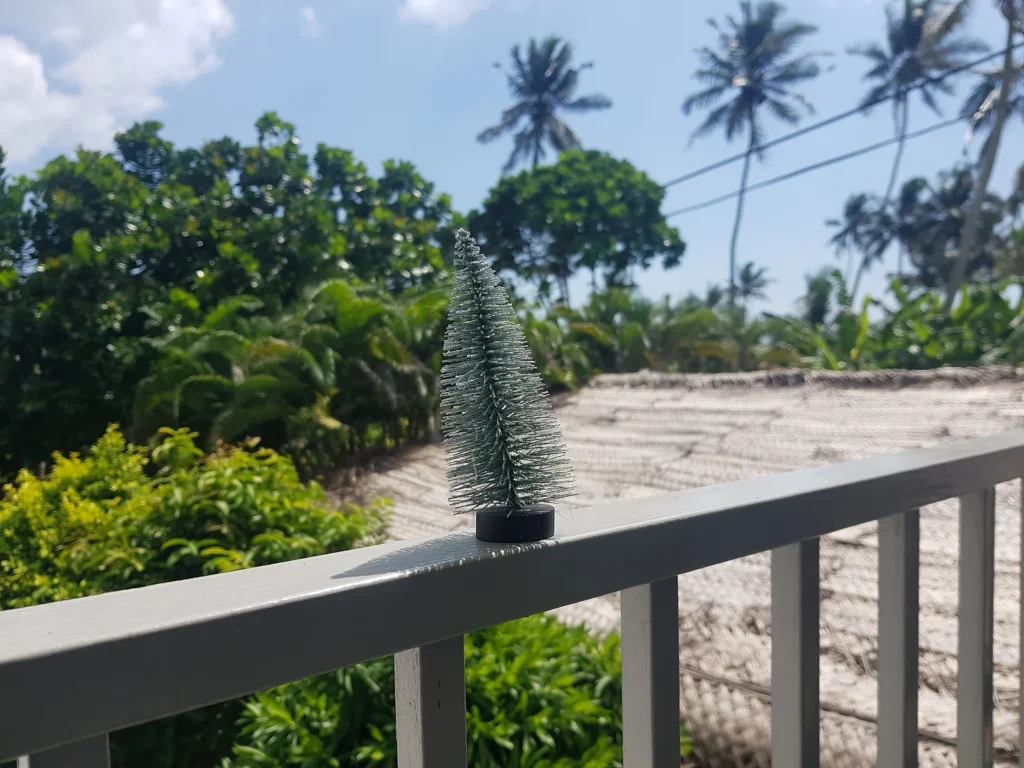
It’s been quite on the updates lately, but that’s only because we’ve been knee-deep in turning dreams into reality. Since our last update, we’ve been working on design consultations, structural work, several building permits, land preparation, contractor bids, and our first trip with our fantastic team of 12 to sign-off the building program. And guess what? We’ve officially started construction, marking the “real” beginning of our tropical hideaway journey.
Managing our first hotel project from more than 8000 km away with a 4.5-hour time difference has been quite an adventure. At SOLA, we’re a tight-knit crew juggling this project alongside our regular work and projects, putting in extra hours on weekends.
Let me introduce you to the key players of our internal SOLA-team:
And of course, we’ve got an A-team on the ground in Sri Lanka—architects, designers, landscapers, project managers, and brokers, all working in sync to turn our vision into reality. Our international architect firm, led by a seasoned British who’s experienced to Sri Lankan hospitality projects, adds a valuable touch to the mix.
Building this network over the last 7 years has paid off. Weekly Zoom calls with architects and dedicated WhatsApp groups keep the communication flowing, ensuring we’re on top of things even when we’re continents away. We try to be on the ground every 3-4 months but most of the decisions need to be made when we are in Europe. This wouldn’t be an issue but building in the tropics is another thing:
Designing our grand Pavilion and our eight unique lodges for SOLA comes with its set of challenges in the vibrant landscapes of Sri Lanka.
From heavy monsoon rains during the wet season (with an annual rainfall exceeding 2,400mm, compared to Berlin’s 570mm) to all-day sunshine during the dry season, and tackling high humidity levels (daytime levels above 70% all year, rising to 90% during the monsoon season), every element plays a role.
This influences critical decisions, such as creating strategic building overhangs, establishing robust drainage systems, planning intricate landscaping to prevent flooding, and calculating water levels for our paddy fields.
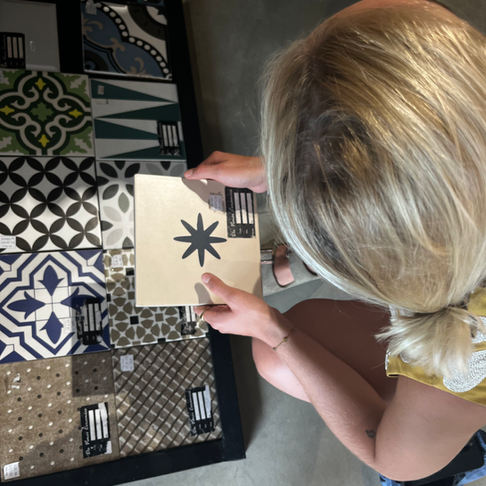
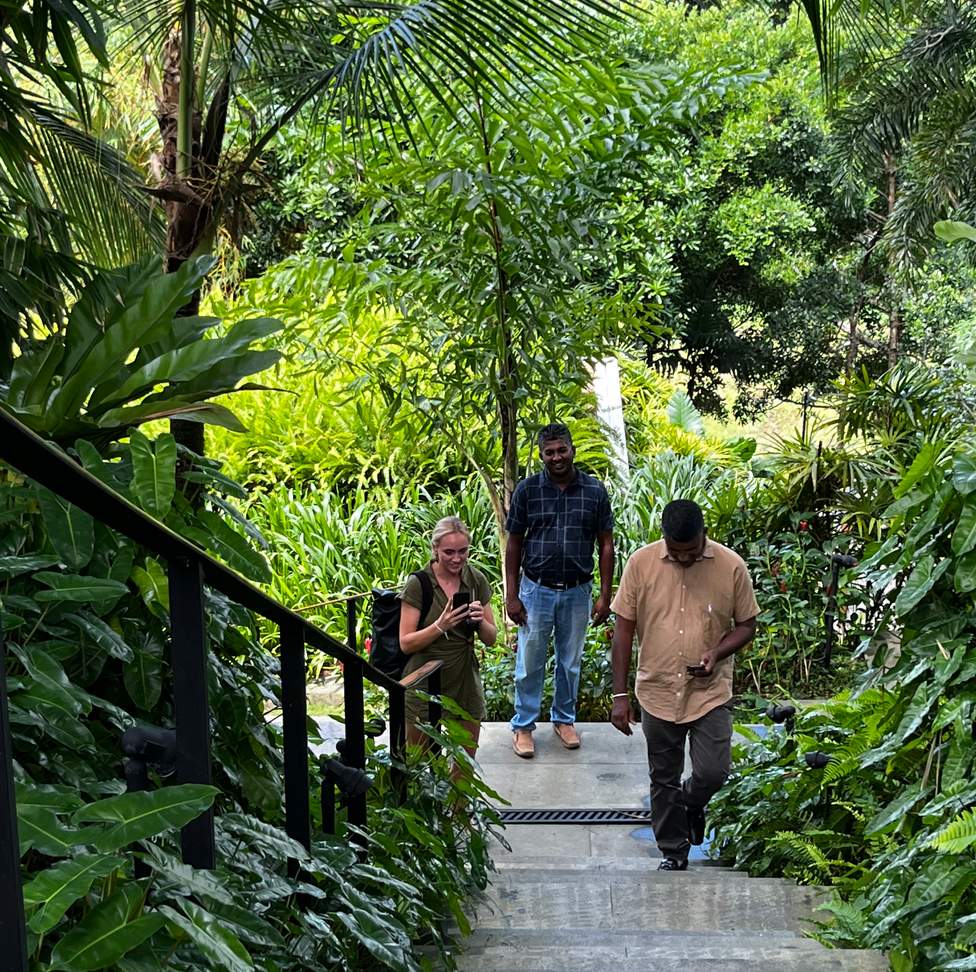
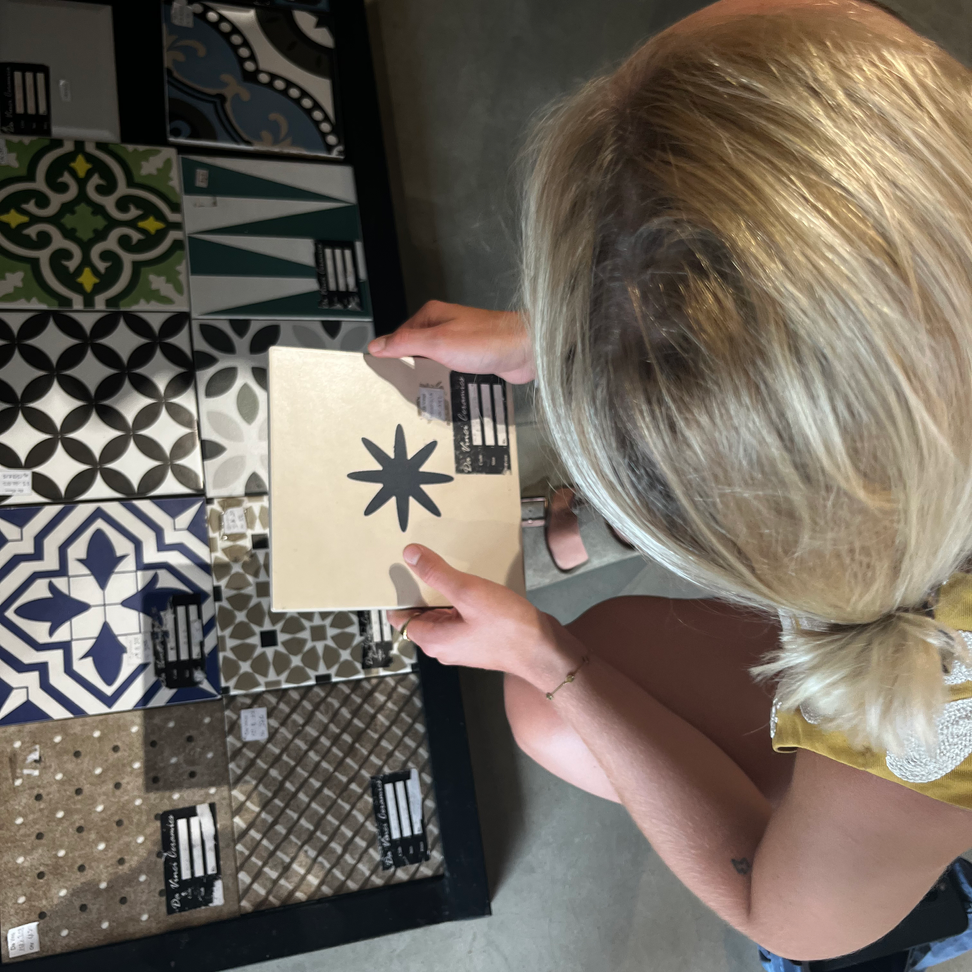
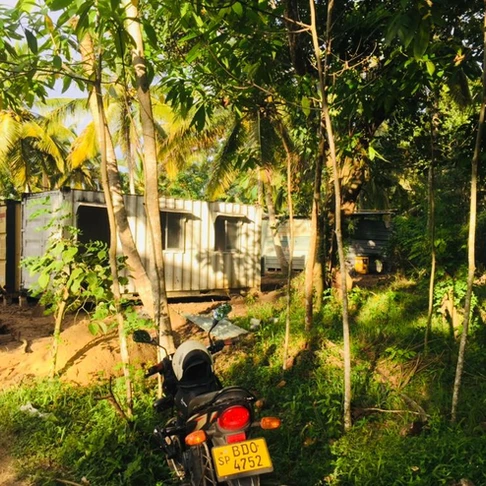
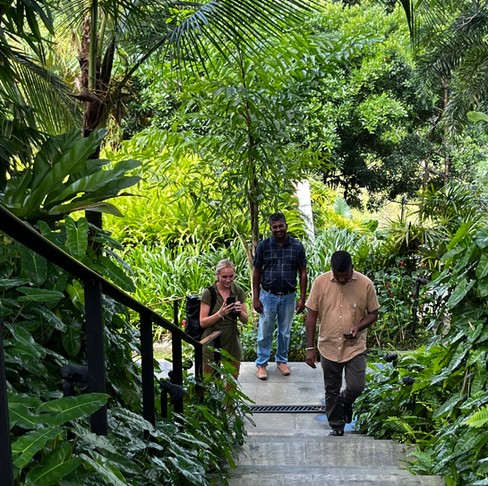
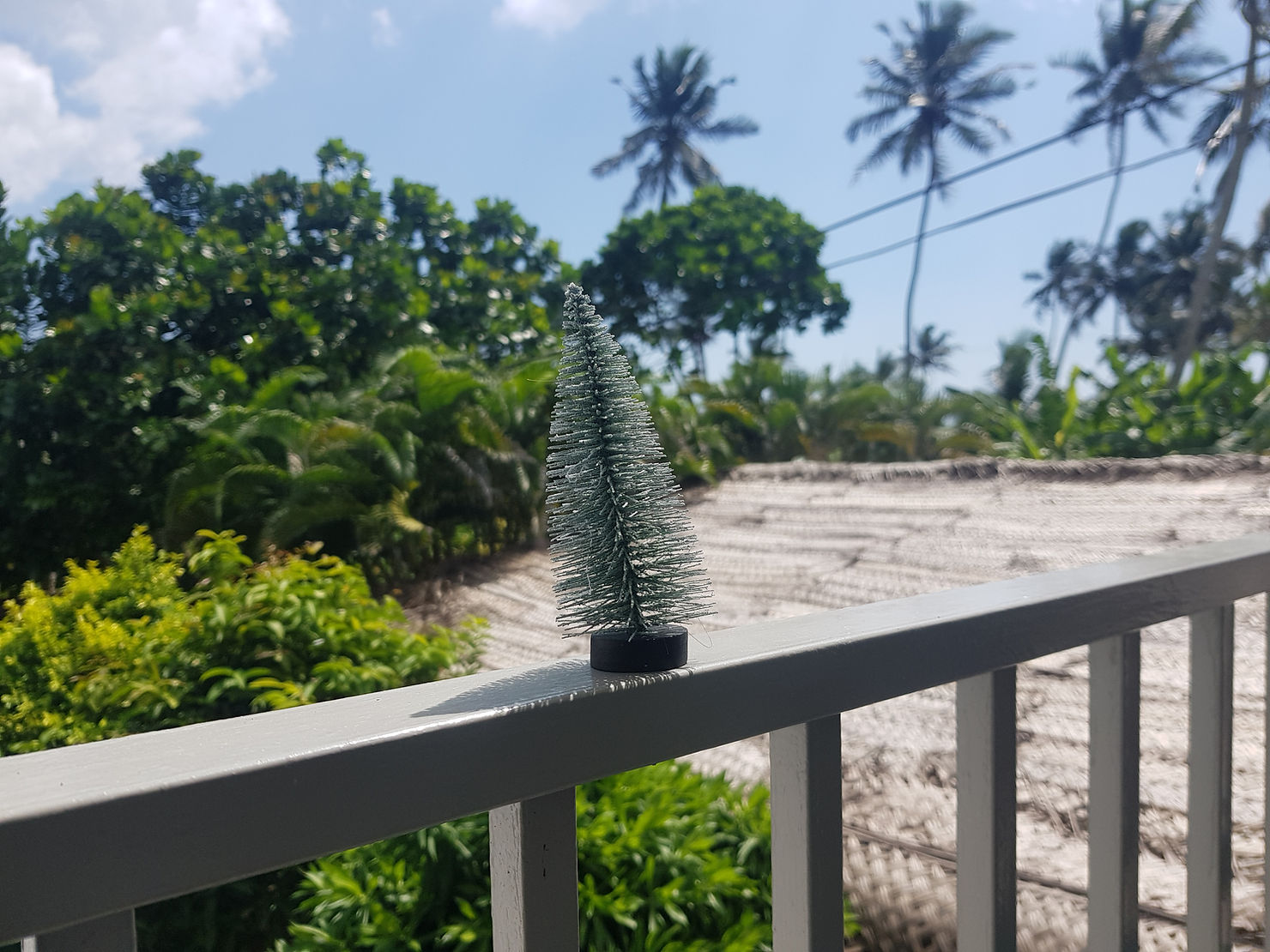
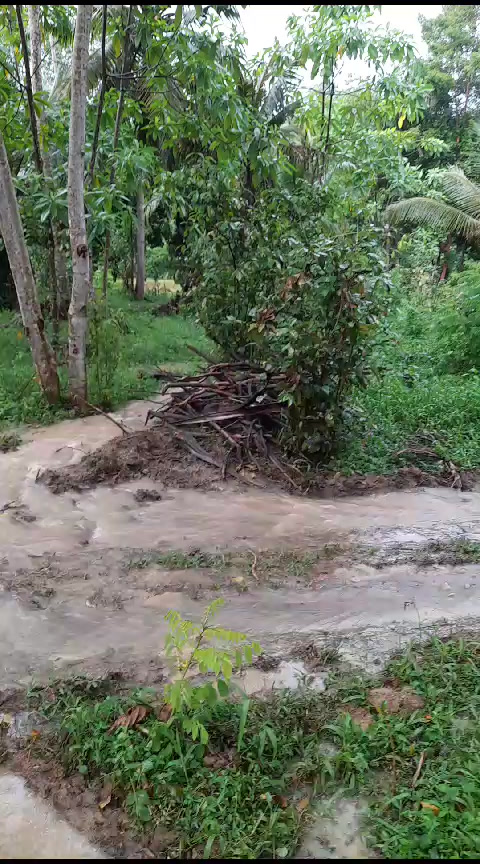
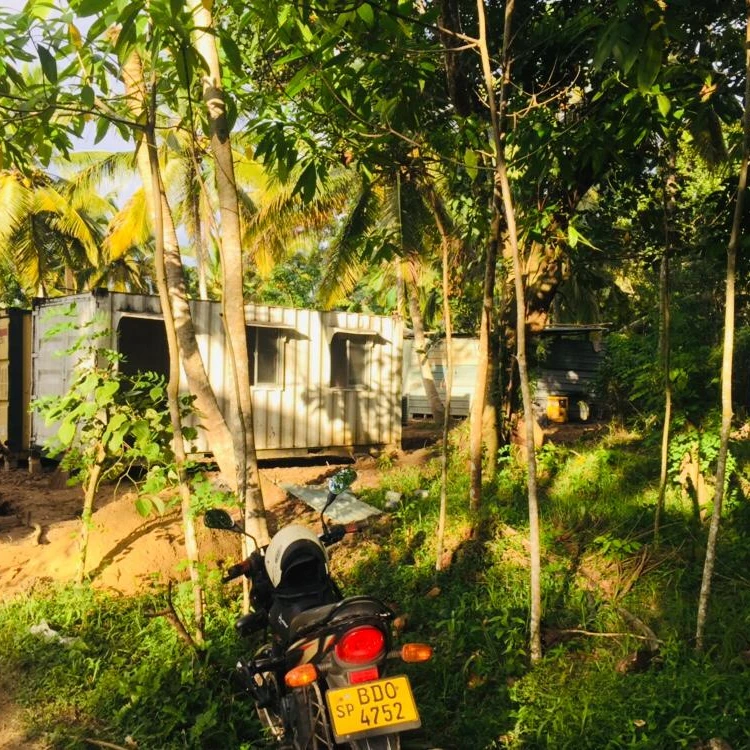
Navigating severe weather conditions impacts our material choices, especially for the exterior. While initially drawn to use a lot of wood we were advised against the high maintenance of wood and the inevitability of the rotting process, Given large import bans and limited in-country production, led us to prioritize locally sourced materials. Cement, bricks, steel, teak wood, and terrazzo have good availability, but their prices fluctuate weekly. Our decision to largely use available materials in Sri Lanka, sans reliance on imports, not only ensures durability but also demands a skilled local workforce capable of working with these materials.
In the stunning landscape of Sri Lanka, where colonial-style architectural exist quit a lot, we embarked on a quest to create something extraordinary for SOLA. Our journey took us through various hotels and construction sites, revealing that the complexity of a building structure demands expertise, making the search for an experienced constructor a story worth sharing (stay tuned for more on this process in a separate post).
As we explored boutique hotels along the south coast, we noticed a construction trend—a sea of square boutique buildings characterized by common design patterns. Think Bali-inspired aesthetics, industrial small windows, and grey polished cement and terrazzo everywhere. While we appreciate this style and plan to incorporate some elements, our vision for SOLA goes beyond this. We are committed to building something unique, standing out in the architectural landscape of Sri Lanka.
In the details of our design, we are crafting a narrative that has not yet been written on the island. Picture a single-pitch roof, distinctive design features and elements, floating lodges, and art design. Some of these design details may be unfamiliar to people in Sri Lanka, and we are eager to see if being the first mover in this endeavor was the right choice.
When we shared our unconventional ideas with our partners, there was no hesitation or reluctance. Instead, we encountered open minds, a willingness to learn, and a collective determination to find innovative solutions. In this collaborative spirit, we believe that this becomes a win-win scenario. By introducing our partners to new concepts and expanding their skill set, they not only contribute to the success of SOLA but also enhance their capabilities for future projects. Stay tuned for more updates on this architectural adventure!
People in Sri Lanka work hard, especially since things have been tough after the economic shutdown in 2022. The pay is not very high, with an average monthly salary of about $180. We try to help by paying our team more than usual and making sure they get paid on time.
We’re happy with the work everyone is doing for our project. We talk a lot through emails and calls, and everyone tries hard to get things done on time. But it’s different from how things work in Europe. We’ve learned that we have to change and adjust our plans to fit the way things work here.
We really appreciate our constructor and his workers. They’re doing something special by building temporary accommodation to stay right where they’re working. They’ll live there for the whole 12 months it takes to finish the construction.
A few weeks ago, we had an important meeting in Galle, which is not far from Ahangama. It was the last meeting to approve the building plans we worked on for 10 months. Everyone wanted to finish this meeting before going back to Europe so we could start building a few days later. During the meeting, we discovered a big mistake. The printed plans we had were mixed up with old ones. It would have been okay, but we needed to approve the plans to start building. So, we had to spend five days checking all the plans again and seven more days for the architects to fix everything.
We don’t know why the plans were mixed up, but in the end, everyone worked extra hard to fix the problem. This taught us another lesson about working in Sri Lanka: When things go wrong, people jump in and make sure everything gets done, no matter what it takes.
Stay tuned for more updates, and thanks for being a part of this adventure!
Dustin & The SOLA Team